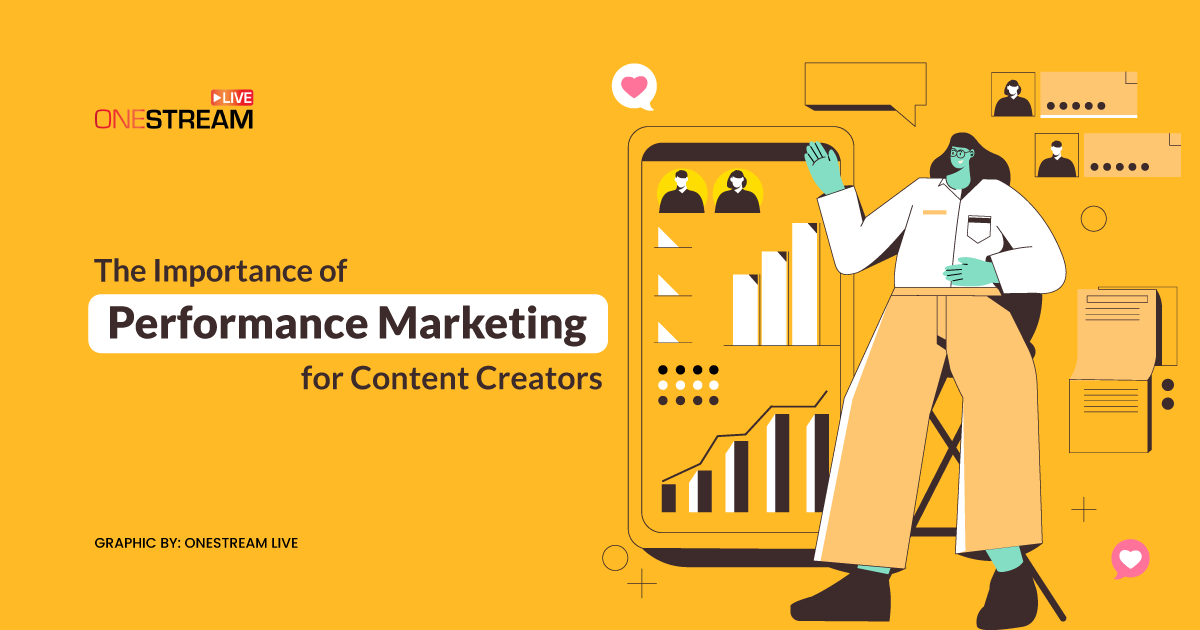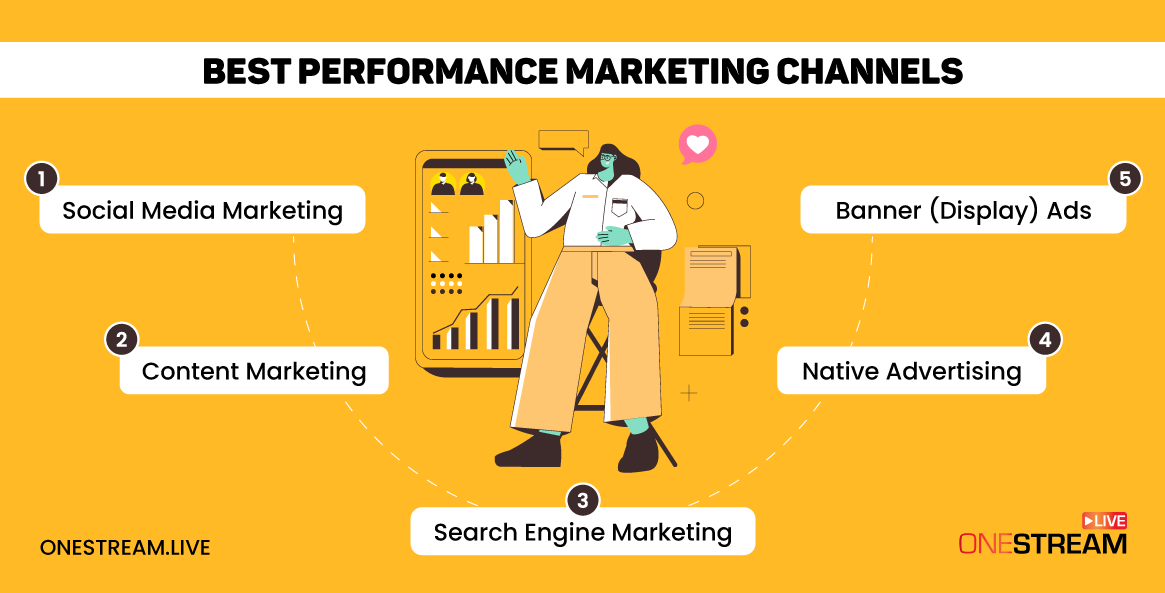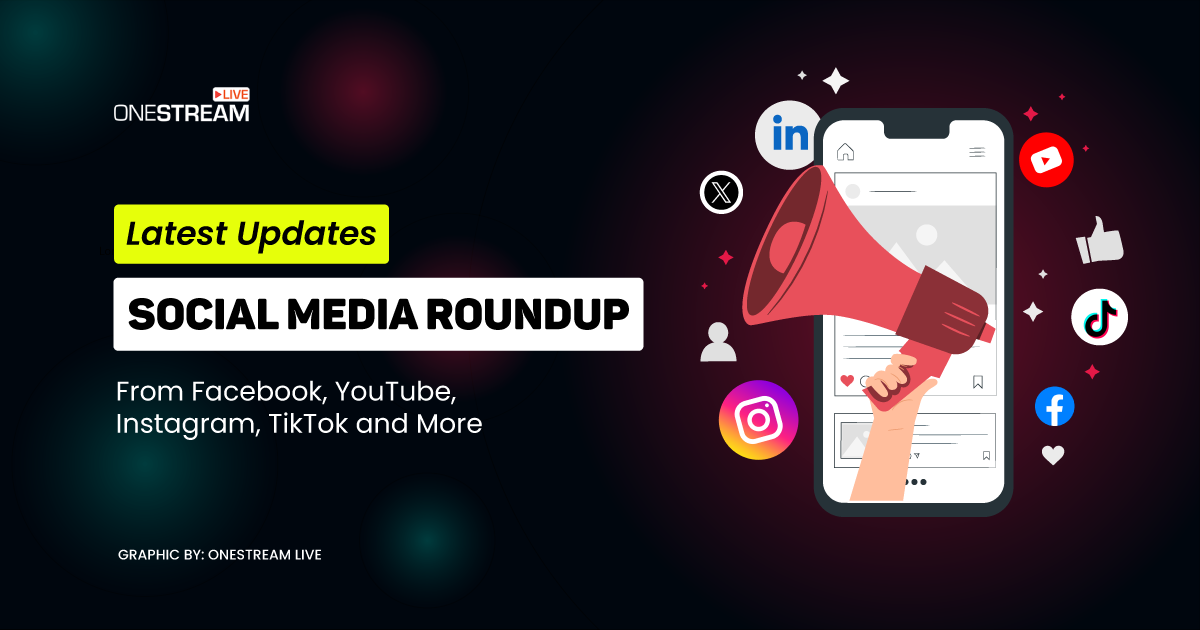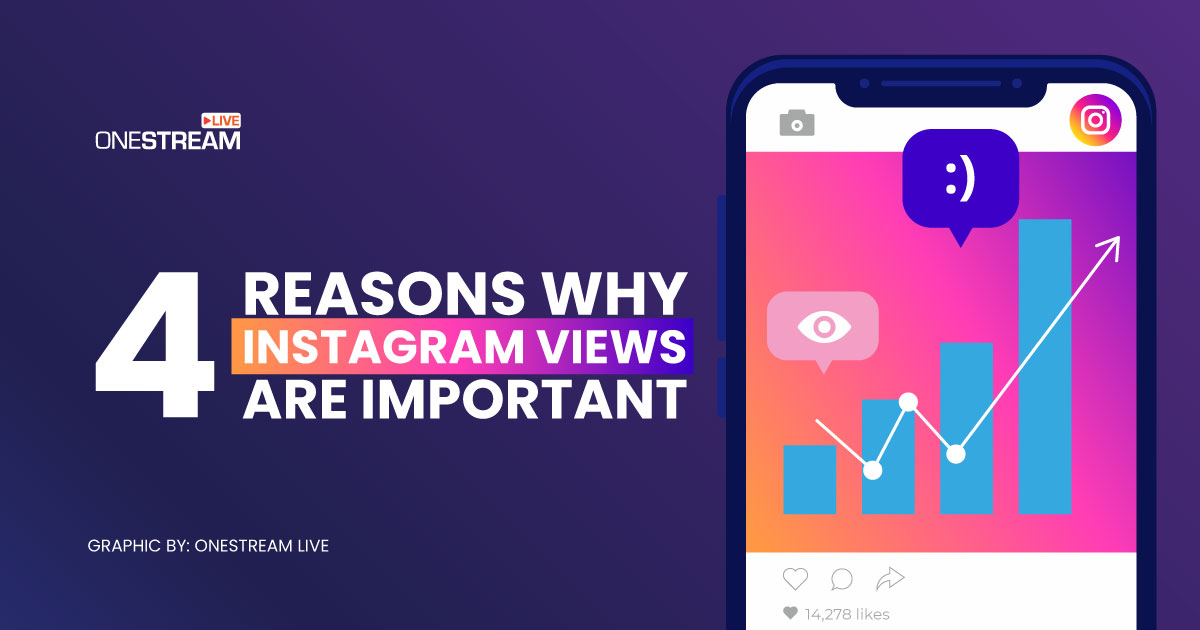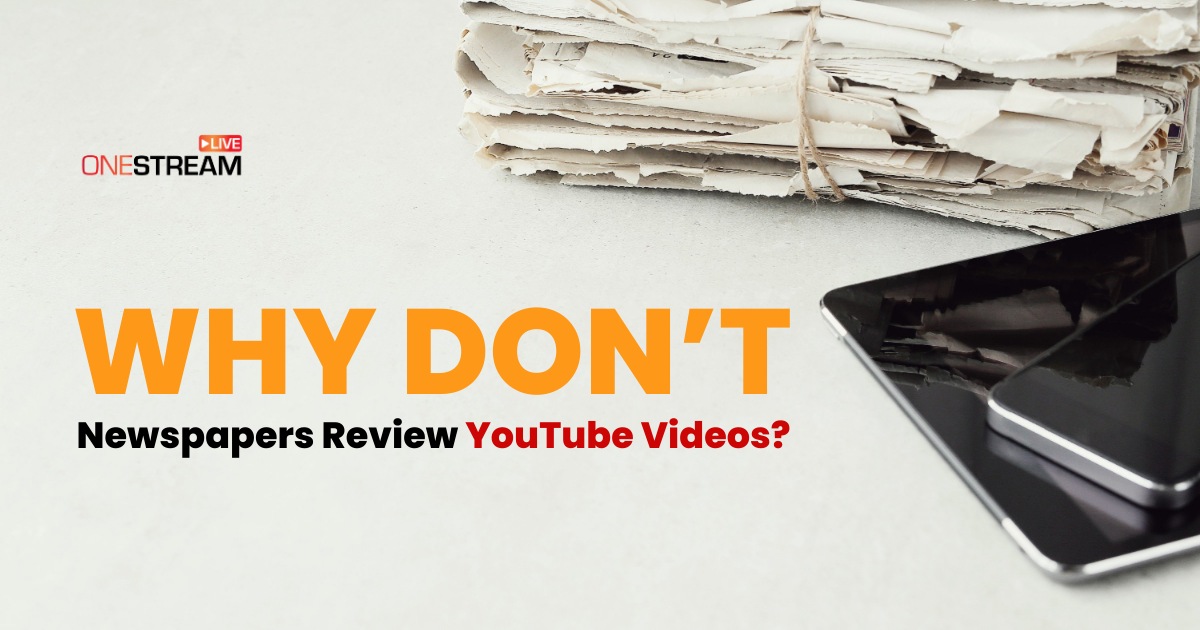Are you investing your marketing budget wisely? Which tool should you use to achieve particular financial goals within a set timeframe? Performance marketing addresses these and more inquiries. Let’s explore why it’s essential for your business.
In this Article:
Performance Marketing: What Is It?
Performance marketing revolves around the principle that every marketing dollar spent should yield measurable results for the company.
This approach enables businesses to assess the effectiveness of their advertising investments, revealing how marketing funds are allocated, the conversions attained across various channels, and the precise profits generated by each placement — to specific keywords or banners. Every detail is meticulously tracked with exact numbers.
Performance Marketing Benefits
Let’s now take a look at what makes performance marketing so good.
Trackable and Measurable
In performance marketing, advertisers only pay for successful transactions, ensuring that each payment is tied to a specific consumer action, like making a purchase or signing up. Unlike traditional advertising, where spending may not correlate with sales, performance marketing allows precise tracking of every click, eliminating uncertainties.
Extended Advertising Reach
Performance marketing enables advertisers to leverage a network of website publishers to promote their brand, products, and services. These publishers often have access to specific niche markets, broadening the reach of your message.
Targeting specific groups and vertical markets, such as stay-at-home moms, can lead to increased sales in markets not initially considered.
Diversification of Revenue Streams
Instead of relying solely on existing sales channels, performance marketing offers an additional avenue for revenue generation. This diversification can be particularly valuable during economic challenges, providing an alternative source of income if sales decline in other channels.
Innovation and Creativity
Affiliates, key players in performance marketing, bring innovation and creativity to your marketing efforts. Driven by the desire to earn commissions through increased traffic and sales, affiliates are willing to experiment with new methods that your company may not have the resources or agility to explore.
They are quick to adopt emerging trends, such as social media campaigns, and can launch new initiatives swiftly, offering a nimble approach that may take larger companies weeks to coordinate.
Who Benefits From It?
Generally, eCommerce marketing companies are engaged to analyze and enhance marketing strategies for the following business models:
- Offline businesses are transitioning to online sales channels.
- Online businesses seeking to improve their online marketing effectiveness.
How to Develop Performance Marketing Strategies
Developing performance marketing strategies involves five primary stages:
- Goal Setting: Define goals and objectives that pave the way to your destination.
- Channel and Advertising Model Selection: Analyze your target audience, create a buyer persona, and identify preferred communication channels.
- Campaign and Media Plan Preparation: Develop content formats and visual materials for chosen communication channels.
- Analytics Tool Selection: Establish metrics to track campaign performance and overall marketing strategy.
- Evaluation and Strategy Optimization: Assess the strategy’s effectiveness and optimize accordingly.
Competition across various niches intensifies yearly, demanding more tools for companies to reach consumers. Idenzy Digital Agency excels in identifying the most effective advertising models and integrating them into a cohesive strategy, boosting market promotion and enhancing company sales.
How It Works
In performance marketing, advertisers place their ads on a chosen channel and pay based on how well the ad performs. There are different ways to pay for performance marketing:
- Pay for Clicks (CPC): Advertisers pay for each click their ad receives, making it a good way to bring visitors to their website.
- Pay for Impressions (CPM): Advertisers pay for every thousand views of their ad. For example, if 25,000 people see the ad, the payment is based on the base rate of 25.
- Pay for Sales (CPS): Advertisers only pay when an ad leads to a sale. This approach is often used in affiliate marketing.
- Pay for Leads (CPL): Advertisers pay when someone signs up, like for an email newsletter or webinar, creating potential customers for future sales.
- Pay for Acquisition (CPA): Comparable to CPL and CPS, advertisers pay when consumers take a specific action, such as making a purchase, sharing contact information, or visiting a blog.
Optimal Performance Marketing Channels
Curious about the most effective channels for performance marketing? Explore the diverse landscape of five distinct performance marketing channels employed by agencies and advertisers to enhance website traffic:
Banner (Display) Ads
You’ve likely encountered display ads during your online ventures, whether on the side of your Facebook feed or strategically positioned at the top or bottom of web pages. Despite challenges like ad blockers and banner blindness, companies continue to achieve success by crafting compelling display ads enriched with interactive content, videos, and visually captivating designs.
Native Advertising
The art of native advertising lies in seamlessly integrating sponsored content with the inherent aesthetics of a web page. Picture-sponsored videos are discreetly nestled in the “Watch Next” section on YouTube. This approach proves effective by allowing sponsored content to coexist harmoniously with organic content, blending so naturally that it becomes less conspicuous as an advertisement.
Content Marketing
A strategic approach to educating your audience, content marketing emerges as a cost-effective alternative, saving 62 per cent compared to outbound marketing while generating three times as many leads.
It revolves around providing valuable information to users, such as a vitamin company creating insightful blog posts about probiotic benefits interwoven with links to their products. Content marketing encompasses diverse mediums, including blog posts, case studies, e-books, and more.
Social Media
A treasure trove for performance marketers, social media not only provides avenues to reach users and direct them to your site but also fosters organic sharing of sponsored content, exponentially expanding its reach. While Facebook leads the charge, platforms like LinkedIn, Instagram, and Twitter offer rich opportunities to forge connections with new customers.
Search Engine Marketing (SEM)
A meticulously optimized site for search engine marketing (SEM) is indispensable, given that a substantial portion of online research occurs via search engines.
The focal point for performance marketers often centres around cost-per-click (CPC), particularly in the realm of paid advertising. Organic SEM strategies leverage content marketing and SEO-optimized landing pages to secure visibility and engagement.
Constraints of Performance Marketing
Performance marketing, akin to its predecessor, direct response advertising, which is often featured in newspapers or direct mail, has its set of limitations. Framing performance marketing as “digital direct mail ads” can provide insights into its constraints:
Limited Focus on Brand Building
Performance marketing is tailored for precision targeting and conversion-centric goals. It excels in identifying specific market segments likely to convert and nurture them through various touchpoints. However, if the aim is to introduce the brand to a broad audience, performance marketing may not be the most effective strategy.
Risk of Brand Dilution
Driven by call-to-action (CTA) prompts, nearly every performance marketing ad urges viewers to take immediate action (“Learn more,” “Claim offer,” “Shop styles,” etc.). For businesses aiming to establish brand equity or generate excitement, excessive reliance on performance marketing may dilute the brand message, leading audiences to tune out.
False Certainty in Attribution
Despite its potency, performance marketers still grapple with accurately attributing the revenue directly driven by their ads. Recent changes in privacy policies, restricting advertisers’ visibility into user actions, pose challenges.
Marketers are adopting holistic reporting models, incorporating metrics like Customer Acquisition Cost (CAC) and Customer Lifetime Value (CLTV), such as MER (Marketing Efficiency Ratio), to make informed campaign decisions.
While performance marketing has empowered numerous merchants in scaling their businesses, comprehending its critical dynamics, channels, and challenges is essential for those seeking to leverage its potential effectively.
OneStream Live is a cloud-based live streaming solution to create, schedule, and multistream professional-looking live streams across 45+ social media platforms and the web simultaneously. For content-related queries and feedback, write to us at [email protected]. You’re also welcome to Write for Us!

